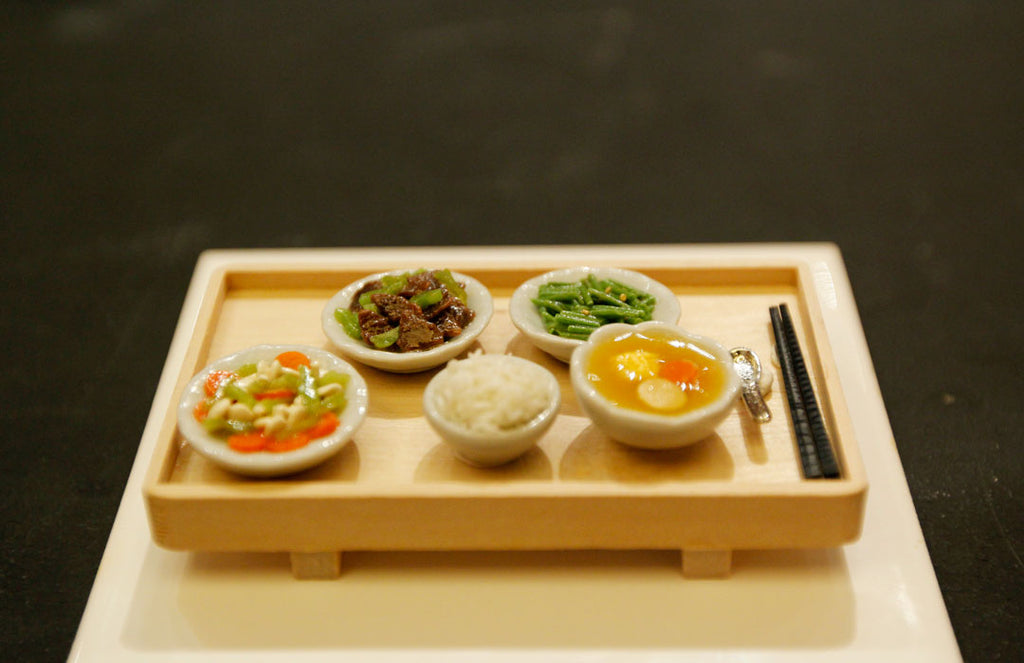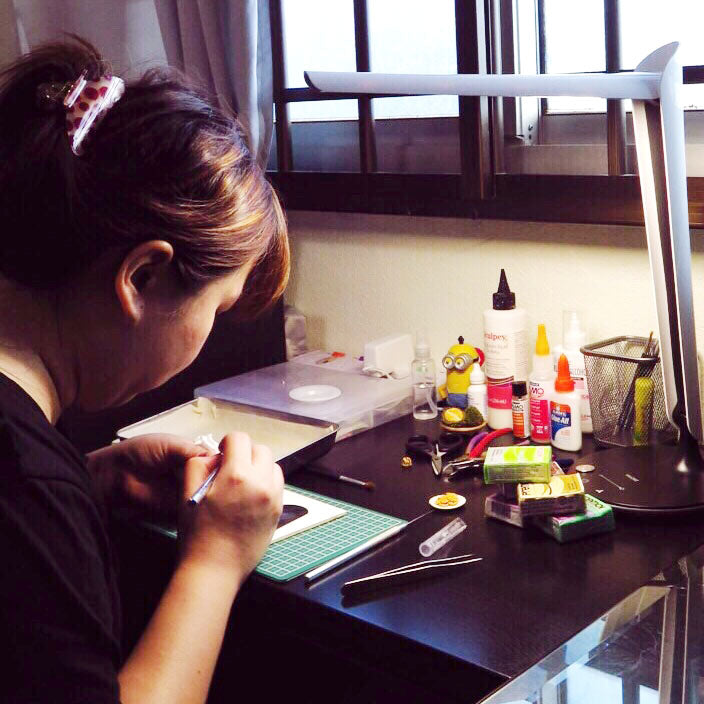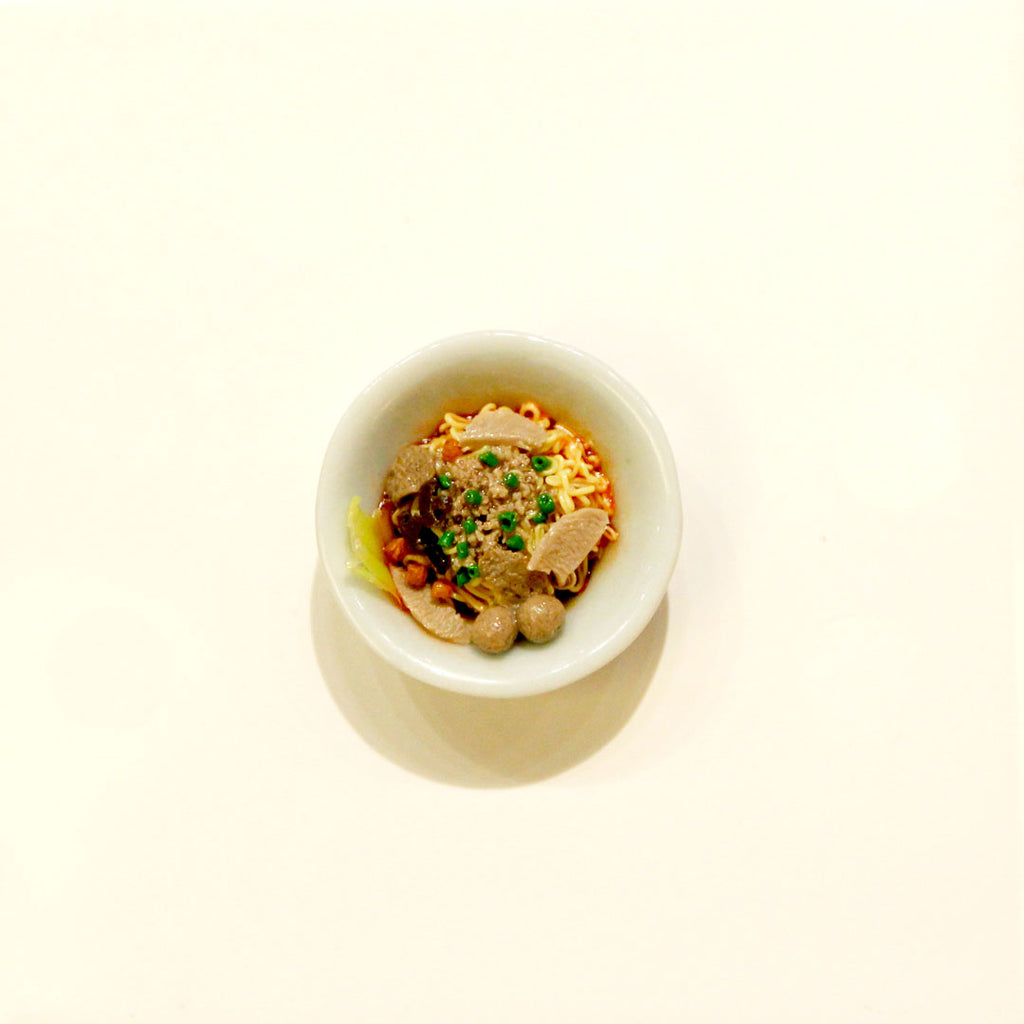Can I Eat This? - Interview with Juliana from Miniature Asian Chefs by Juliana
Food is fuel, undoubtedly. When they are made into smaller and cuter (though non-edible) versions, they are definitely little bursts of cheeriness that will make you go "aww". If you have been following us, you would have noticed these irresistible Ang Ku Kueh Earring Studs that everyone cannot get enough of.
We managed to get hold of the busy clay art chef, Juliana, the crafty hands and mind behind Miniature Asian Chef by Juliana, Get to know more about her - how her crafts came about and how the durian she was making has caused her sleepless nights.


Naiise (N): How did your interest to make miniature foods come about?
Juliana (J): Being a miniature food collector myself, I began to make my own miniature local food two years ago when I couldn’t find realistic miniature replicas of local food. I started Miniature Asian Chef in 2013 to sell my creations to miniature food collectors. Before I made jewellery, I have been making miniature food as display pieces for collectors.
N: Who/What are your inspirations?J: Most of my creations are inspired by daily life in Singapore. I also admire the works of Kim Saulter, a miniaturist based in the US, and Stephanie Kilgast, a talented French artist.

J: I started with making a few miniature home cooked dishes (家常菜) (as shown above) using polymer clay, and thankfully they turned out pretty well!
N: What do you think about the growing makers/crafters scene?J: Before I joined Public Garden and Naiise, I didn’t realise that there are a lot of creative talents in Singapore. I’m happy that the local makers/crafters scene is growing, partially also with the help of SG50. I hope that this trend will continue to grow even after SG50, and that there will be more opportunities to showcase Singapore’s talents to the rest of the world.
N: Have you thought of making miniature non-foods?J: Not really. Making miniature food is my passion and focus, and I really want to do it well. I’ve also got another idea in my head for another range of polymer clay accessories, but will need some time to develop that idea.

J: I've also attached a photo of my work desk for your use. (Make, make, make, and make!)
N: What's the hardest miniature food(s) you have made?J: The durians! Making and adding on the spikes one by one is really tedious and time consuming.

J: Miniature Asian Chef is growing quite quickly, thanks to the support of wonderful partners like Naiise. I’m constantly faced with the difficult decision of managing this business full-time, or continue to juggle the business with a full-time job. It’s been crazy and tiring for me to manage both at the same time right now. So we’ll see.
N: Any advice for budding makers/crafters?J: Besides making products for sale, building your brand & business philosophies and principles which you’ll abide by in the long term is important. Every artist will have his/her own original style, so find your own style, and focus on the things you do best in your craft, and always continuously strive to make them better.
Discover more of Juliana's works here.


Leave a comment